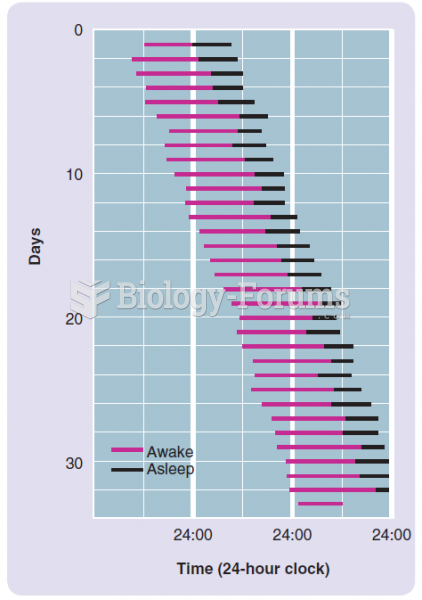Answer to Question 1
The average collection period of accounts receivable is the average number of days required to convert receivables into cash. The average collection period helps gauge the liquidity of accounts receivable, the ability of the firm to collect from customers. It may also provide information about a company's credit policies.
The days inventory held is the average number of days it takes to sell inventory to customers. This ratio measures the efficiency of the firm in managing its inventory. Generally, a low number of days inventory held is a sign of efficient management; the faster inventory sells, the fewer funds tied up in inventory. On the other hand, too low a number could indicate understocking and lost orders, a decrease in prices, a shortage of materials, or more sales than planned. A high number of days inventory held could be the result of carrying too much inventory or stocking inventory that is obsolete, slow-moving, or inferior; however, there may be legitimate reasons to stockpile inventory, such as increased demand, expansion and opening of new retail stores, or an expected strike. The type of industry is important in assessing days inventory held. It is expected that florists and produce retailers would have a relatively low days inventory held because they deal in perishable products, whereas retailers of jewelry or farm equipment would have higher days inventory held, but higher profit margins.
The days payable outstanding is the average number of days it takes to pay payables in cash. This ratio offers insight into a firm's pattern of payments to suppliers. Delaying payment of payables as long as possible is desirable because the firm can earn a return on cash held.
Answer to Question 2
T







